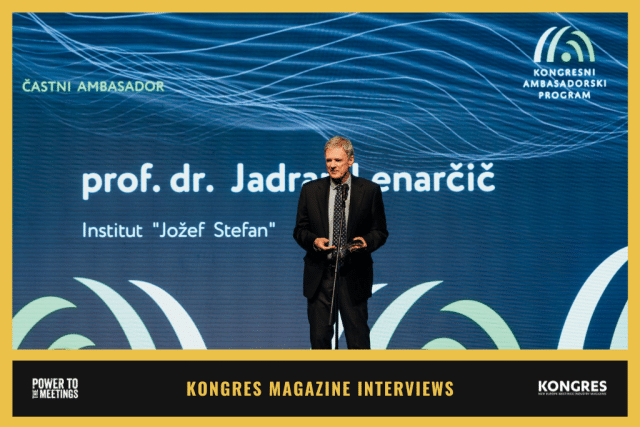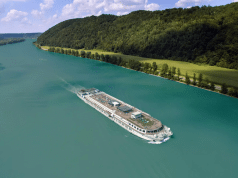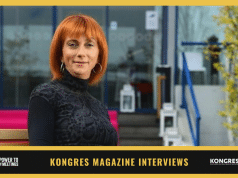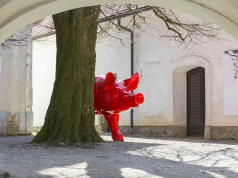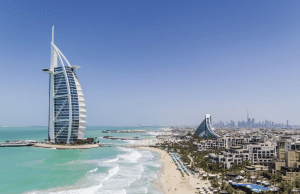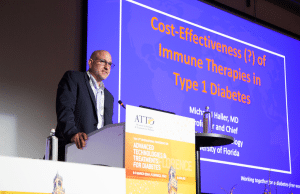Countless scientific breakthroughs in the field of robot kinematics were first introduced at the symposia. Prof. Lenarčič has been a member and head of several executive boards organising 150 international conferences and other events abroad and in Slovenia. His main research fields are robotics, particularly robot kinematics, bio-robotics and humanoid robots.
In November 2023, Prof. Lenarčič received the honorary title of Slovenian Congress Ambassador from the Slovenian Convention Bureau for his invaluable contributions in organising events and promoting Slovenia as a meeting destination.
Q1: Do you still have recollections of your first symposium organised in 1988? Was it love at first sight? What was your drive to organise scientific conferences while concurrently working at the Jozef Stefan Institute?
When I began working full-time at the Jozef Stefan Institute in 1979, I suggested that we organise the premier Yugoslavian symposium of robotics in Portorose. I volunteered to organise the event as I was born and raised in Coastal Slovenia. I thus partnered with the Auditorium Portorož, where we organised a quality event the following year with an accompanying robotics exhibition. That was when I realised that organising expert conferences is, so to say, in my blood, and they were intrinsic to my academic career.
I first began collaborating with the Congress Department of Cankarjev dom in 1988. I already envisaged a symposium dedicated to robot kinematics during my years of studying for a PhD, chiefly because I sensed this scientific field was gaining prominence globally. When I presented the idea to some of the leading scientists in the field globally, they showed great interest and suggested that I host the symposium in Slovenia. I thus decided to host the event in Ljubljana in Cankarjev dom. The first ARK was superb, and colleagues suggested I organise it somewhere in the Mediterranean the following year before hosting it in Slovenia again. The symposia gained acclaim among robotics researchers, not least because world-renowned attendees participated and because of the niche field. The personalised human touch was just as important to that end.
Q2: A few years ago, you said this for Dnevnik: “Good ideas come to fruition only in exchange with other good ideas, predominantly in environments where creativity and collaboration are a way of life and where people are open, willing to contribute to the community that rewards them with success.” Although the statement pertains to the Gazelle Award for the best Slovenian companies, I believe we can apply it to the knowledge exchange happening at scientific conferences. Are conferences a safe space for the creation of great ideas?
You cannot be a successful scientist if you are not linked with colleagues worldwide. When you are in touch with colleagues, you can boost ideas and create joint plans for the future. Friendships play a crucial role because excellent cooperation is only possible among people who nurture affinity for one another. When two different ideas clash, ten new ideas come to life, but that can only happen in direct contact among people who are open and seek knowledge exchange.
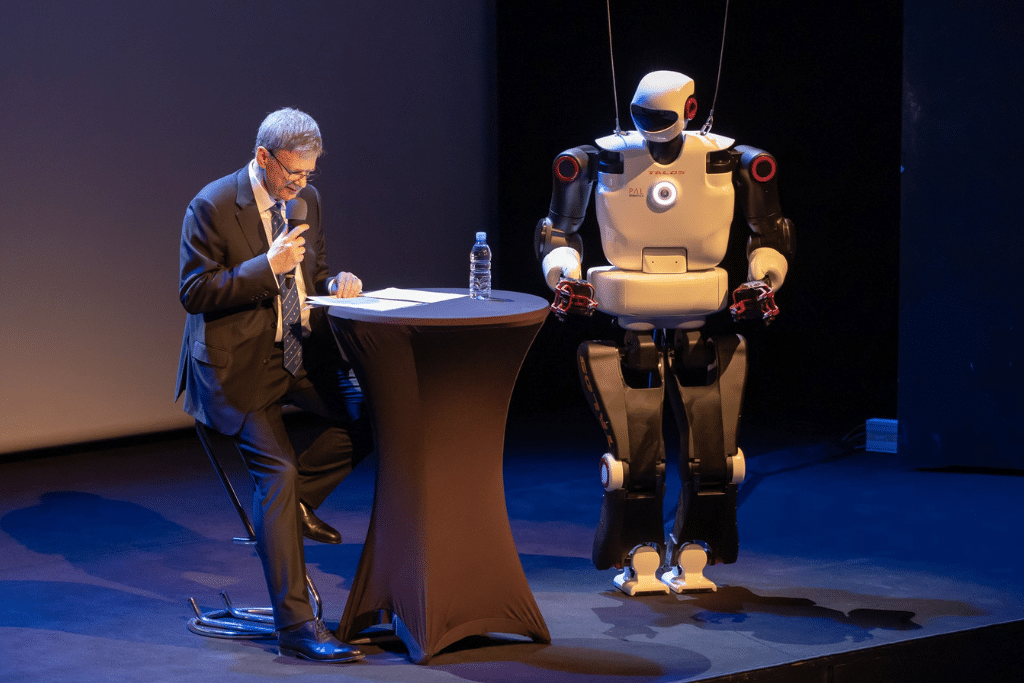
Q3: At the award ceremony for the Slovenian Congress Ambassadors, you mentioned that event organisers are not fully aware of the importance of coffee breaks and that coffee breaks are often more important than presentations. What did you imply?
I suffer most when keynote speakers go over time with their presentations, and the moderators do not remind them that time is up. Moderators try to save time by shortening the coffee breaks from half an hour to ten minutes. You can read about lectures and watch recordings, yet you can never recreate coffee breaks where people meet in person, get to know one another and, ultimately, create personal connections that grow into friendships over time. You must create a community of people who will regularly attend if you want to organise a great conference. Coffee breaks are integral to achieving that.
Q4: How will AI help us organise events? Will event organisers know how to use it wisely? Will meeting in person matter at all and remain necessary?
Artificial intelligence is a conglomerate of methods that help us analyse expansive swathes of data. This phrase has become popular both in general discourse and politics. We used to say that by analysing vast amounts of information, we came to a result, while now some say they did that with the help of AI. Uninformed people thus believe we should be wary of artificial intelligence, even though that is not the case. Above all, AI is an effective tool to browse data. Of course, it can serve us well, albeit it can be manipulated and cause detrimental effects if it offers the wrong solutions. In addition, legal and ethical views of regulating data remain unresolved. In short, in-person meetings will be even more important than they are today.
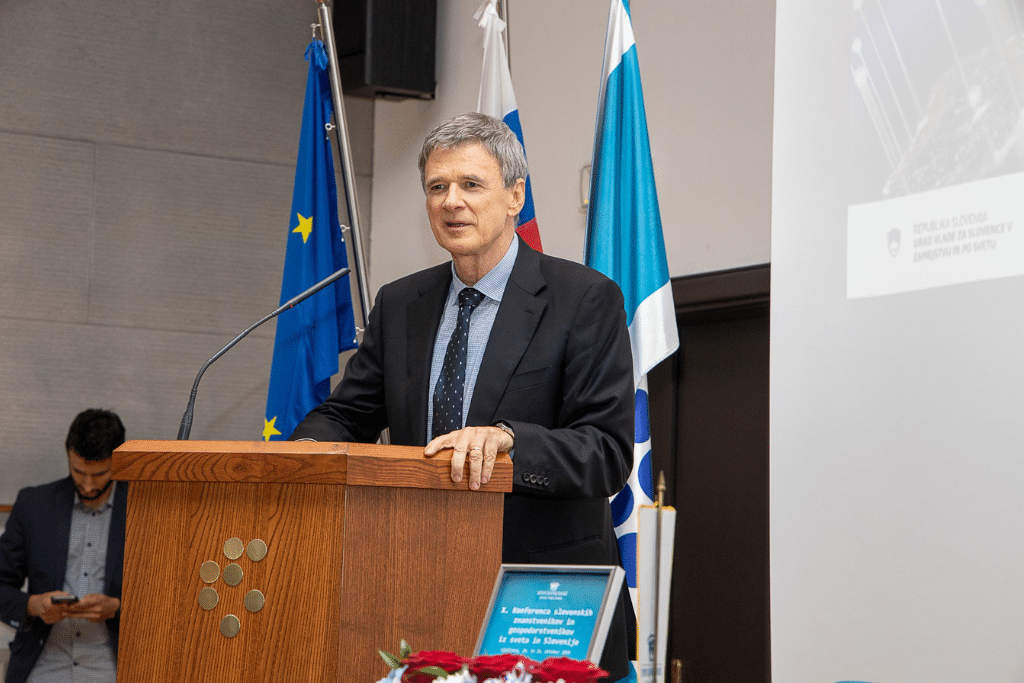
Q5: Transport of attendees contributes the greatest percentage of carbon footprint when organising an international conference. That is why organising a carbon-neutral conference is nearly impossible. On the other hand, there are regenerative effects we still do not know how to measure and identify today. What do you believe are the positive effects that outweigh the carbon footprint?
First, some will grumble about the carbon footprint of five hundred people who travelled to a conference by plane, but then those same hundred thousand grumblers will forget all about the carbon footprint once they are on a plane headed to a football match in Dubai. We must, of course, care and preserve the environment and minimise energy use wherever possible – at home, on the road and elsewhere – but we must use some common sense, too. It is enough to go to an air traffic crossroads and see a throng of people rolling on and off planes that rotate like clockwork. How many of those people are going to a conference? Probably a negligible few. Each detail matters, yet the main levers to reduce carbon footprint lie elsewhere.
Conferences are fundamental for scientific progress, but event organisers can minimise costs by selecting apt locations and implementing measures.
Q6: When did you start cooperating with Cankarjev dom, and what does their help in organising the event mean to you?
As I mentioned, I organised the first conference (ARK) with their help in 1988, which means we started a year earlier. Their help and approach in organising the conference was crucial, as they had profound knowledge about the offer in Ljubljana. Participants who attended the conference, eminent scientists in their respective fields, who received personal invitations only, were enchanted by the city and the professional and heartfelt organisation behind the conference. Many years later, some still say the conference changed their lives, as they saw that the personal component is the foundation of any cooperation in science, much like in other sectors.
Q7: Fire questions:
– A symposium for 100 attendees or a congress for 10,000 participants?
I would absolutely prefer a symposium for 100 participants, but they would have to be world-class.
– Ljubljana or Bled?
My colleagues adore Ljubljana, and I, too, prefer to stay in the city.
– Plane or train?
If we had fast trains, my answer would be trains, but in this case, it must be planes.
Learn more about Cankarjev dom, the venue where the ARK conference has taken place many times.


